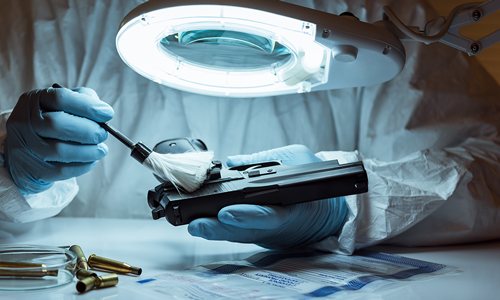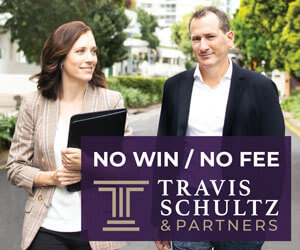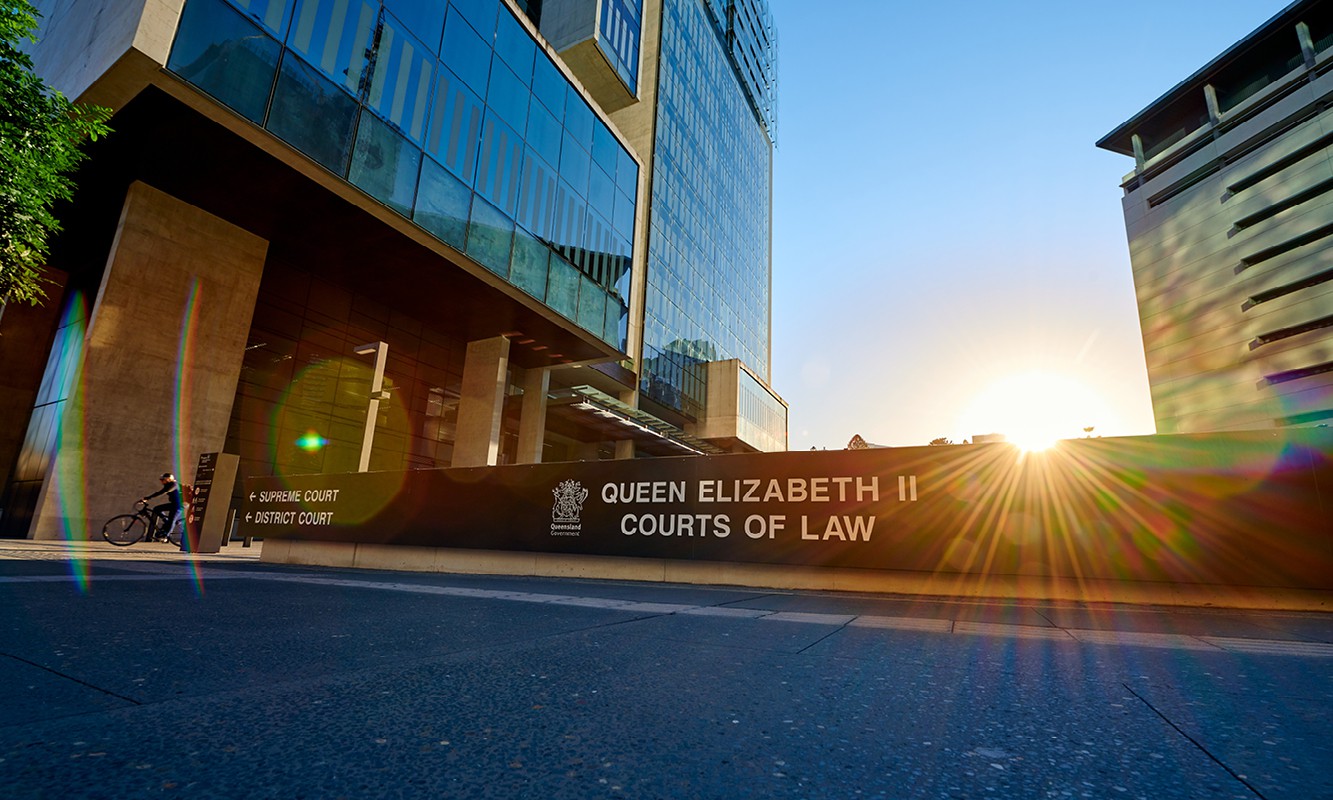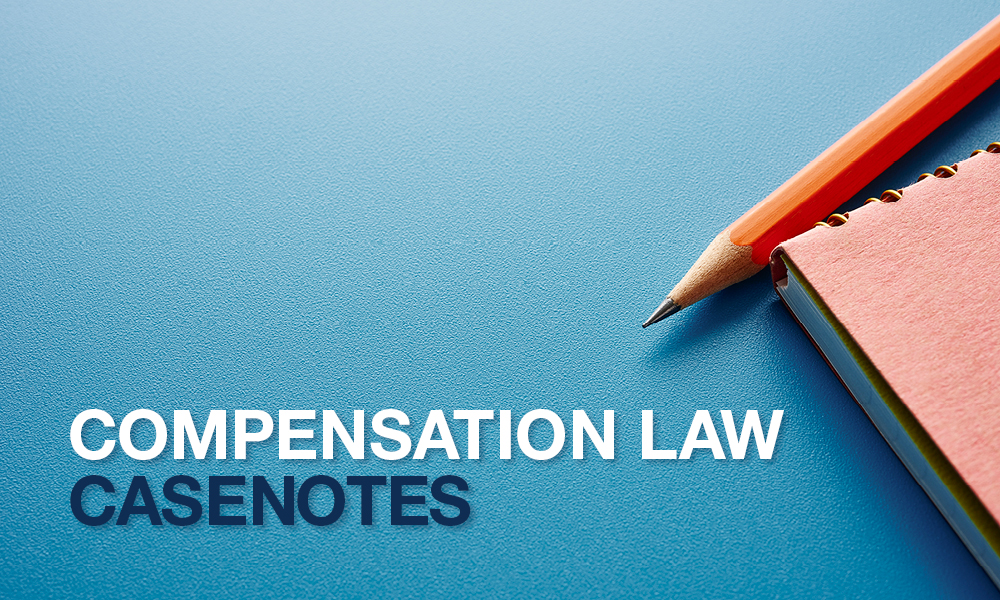One of the most important functions that a solicitor can perform is to commence collecting evidence as soon as he or she receives instructions to act for a client and long before any proceedings are commenced.
Having said that, the task of collecting evidence is an ongoing and important one which continues until trial.
Why collecting evidence early is of benefit
You should commence to collect evidence as soon as possible after receiving instructions concerning a dispute which may lead to litigation and which will turn on disputed facts.
There are many reasons for doing this including that:
- The events are fresh in witnesses’ memories, so recollections are likely to be more accurate.
- Any notes taken by a witness as the events occurred may be referred to in court for the purpose of refreshing the witness’ memory in certain circumstances. Any such contemporaneous notes (or copies) should be obtained now before they are lost or destroyed. In addition, emails, correspondence and hardcopy diaries should be requested and copied.
- There may be a limited window of opportunity to obtain some evidence – such as photographs or videos (such as CCTV footage), computer data or financial records –which may not be available or in existence indefinitely.
- Witnesses will be more easily found and are more likely to be alive or in the country.
- Decisions by your client, on advice by you, will be better informed because they can be taken with the best appreciation of the evidence, favourable or not.
- Witnesses may be more willing to give a statement before they have formed views about which ‘side’ they are on because no dispute has yet arisen, which may enable you to learn the worst about your client’s case or, at least, obtain an unbiased recount of the relevant events.
- You will be in a better position to pursue settlement on terms favourable to your client before any dispute escalates into litigation, particularly if the other side is not privy to the evidence which you have gathered.
- You will be in the best position to recognise the need for, and obtain, any necessary urgent interlocutory relief, such as an injunction, which is not likely to be given if there is insufficient evidence or there has been an unacceptable delay in seeking the relief.
- Briefs to counsel, particularly for an advice on prospects or to draw pleadings, are more likely to be accurate and complete, resulting in better quality advice and a properly particularised pleading which is less likely to need amendment at a later stage.
A common reason that evidence-gathering does not occur as soon as it should is because the client is unwilling to invest the required funds into the exercise. If you receive resistance for this reason, you should consider advising your client that if they do not invest in the case at an early stage, then their chances of success, whether through settlement or trial, will be lessened and the long-term legal costs are likely to increase.
Another reason that you may be prevented from collecting evidence at an early stage arises when the client has delayed seeking your advice. You cannot do anything about that delay other than seek to act quickly once you have been approached.
How to collect evidence
The first and most vital piece of evidence in any case is for you, the solicitor, to take a statement from your client or from the person providing the instructions on behalf of your client. Take the time to do this and do not allow the client or the client’s representative to draft their own statement or to feed you the story in multiple emails.
This is because such a self-drawn statement is likely to be riddled with irrelevant facts and inadmissible opinions, and is unlikely to contain all of the relevant facts which you require (because the writer does not know what is or is not relevant). Such a course will also add to the legal costs and slow the matter down.
As a result of your taking the statement, you will inquire about and will learn:
- the names of other witnesses or potential witnesses, and their contact details
- the identification and location of relevant documents, which you can then secure
- the chronology of past events
- any relevant events which are yet to occur
- the relative importance of each event
- what your client fears might happen or is concerned has already happened
- your client’s goals.
From this information, you should be able to anticipate future relevant events and what any future litigation may be about. It is this anticipation which will guide you when you start collecting evidence.
After taking the initial statement, proceed to take statements from other witnesses. Begin with the witnesses mentioned by your client. Take statements which each witness signs and dates after they have checked the statement. Their statements may name other witnesses, so get statements from those witnesses too, if you consider that they may be able to provide relevant evidence.
In addition, commence to gather all potentially relevant documents, including from your client and from witnesses. You may even consider advising your client to pursue pre-litigation disclosure.
Be pro-active. If you know or even suspect something is going to happen which could be relevant to the case, put a witness on the scene with camera or video camera, tape-recorder and notepad. Avoid using your client for this as the evidence will be more cogent if obtained and then given by an independent person. For example, in a case involving, say, the illegal sale of tyres in breach of a restraint of trade, an independent third party could go into the store, buy a tyre, keep the receipt as evidence, and give a statement (and evidence in court) about their purchase.
Play the detective. Take the time to track down witnesses and documents. If you can speak to one person who was present at the event in question or locate one relevant document, then you may get a lead to other witnesses or the existence and location of other relevant documents.
Always ask all witnesses if they have personal notes, emails, diary notes and photographs and then ask to see them and obtain copies of them, if possible.
Obtain evidence to evaluate the other side’s existing or prospective claims. What is the other side saying or going to say, if anything? Whatever it is, try to establish whether it is accurate. If it is not accurate, try to collect evidence which demonstrates this.
Envisage your client’s ideal case. Take the time to mentally fast-forward to trial and imagine what best-scenario evidence you would like to lead to present your client’s case and to demolish your opponent’s case. Make a list.
Would you like a witness who will support your client’s version of events but is not connected to your client? Look for that person now.
Would you tender a complete set of records of a business during a certain period? Get those records, including electronic records from computers which may be defunct at a later date.
Do you see your side tendering high quality photographs of the building site? Get those photographs now (including aerial photographs) before the building is constructed and the site dismantled.
You may even consider engaging an independent expert to view the building works before they are submerged under a concrete slab (for example) and to prepare an expert report.
Or you may consider approaching the court to appoint a single expert in relation to an issue before litigation has even commenced (which may remove the need for litigation altogether).
Continue to collect evidence
If proceedings are commenced, the task of evidence collecting is an ongoing one, which will continue until trial.
If your client becomes a party to a court proceeding, then (generally) the issues will be identified and clarified by the pleadings.
The collection of evidence by you at this stage should be directed to those facts in issue (that is, in proving your client’s pleaded case and disproving the case pleaded by the other parties) as well as the gathering of evidence which may assist in the cross-examination of witnesses such as, for example, evidence which tends to demonstrate that a witness is unreliable or has a bias toward a party.
In addition, the exchange of pleadings will enable you to request documents referred to in the other side’s pleadings (such as pursuant to rule 222 Uniform Civil Procedure Rules), review documents which are provided pursuant to disclosure (which may then lead you to pursue further lines of inquiry) and to consider and obtain non-party disclosure.
Once the parties have filed and served pleadings, it is best practice to brief counsel to review the pleadings, identify the facts in issue and to provide an advice on evidence. Such a brief would include all witness statements which have been obtained to date along with relevant documentary evidence and any other evidence such as expert reports and photographs.
The advice on evidence should identify the following important matters:
- any deficiency in the witness statements, either because a witness has failed to address a particular issue at all or in sufficient detail or because there is a fact in issue which has not been addressed by any witness
- any other gap in your client’s evidence and identification of the type of evidence which should be collected to address that gap.
If you do not brief counsel to provide an advice on evidence at an early stage, or at all, and you do not undertake the exercise yourself, then you run the risk that the gap in your client’s evidence will not be exposed until it is too late for your client to do anything about it. This could be fatal to your client’s case.
Kylie Downes QC is a member of Northbank Chambers and the Proctor Editorial Committee.













Share this article